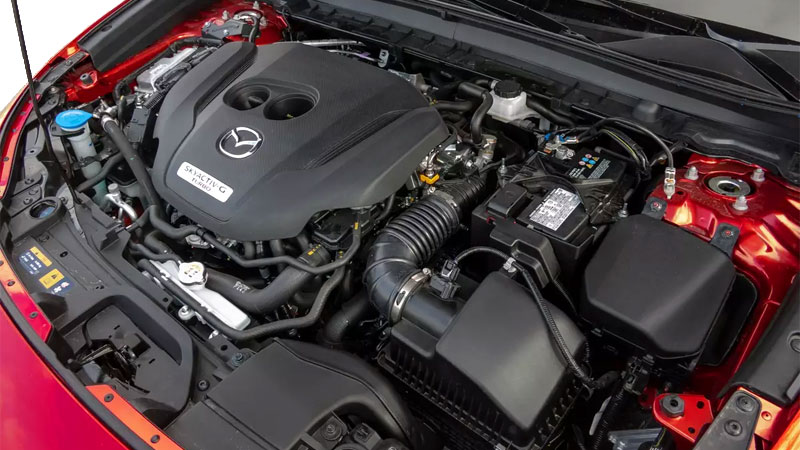What Makes Today’s Internal Combustion Engines More Efficient?
Karl Benz registered his first car in July 1886, the three-wheeled Benz Patent Motor Car, model no. 1. That single cylinder four-stroke engine produced three-quarters of a horsepower and included an automatic intake slide, a controlled exhaust valve, and evaporation cooling. Various engine refinements were made in the intervening century, … Read more

